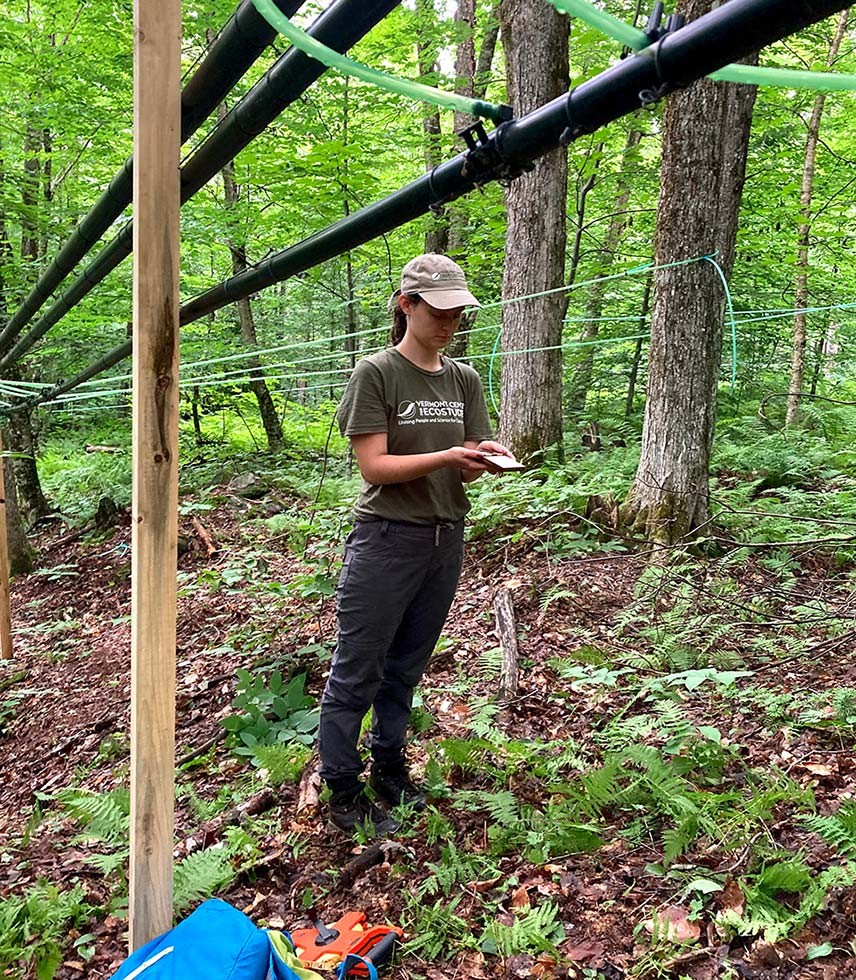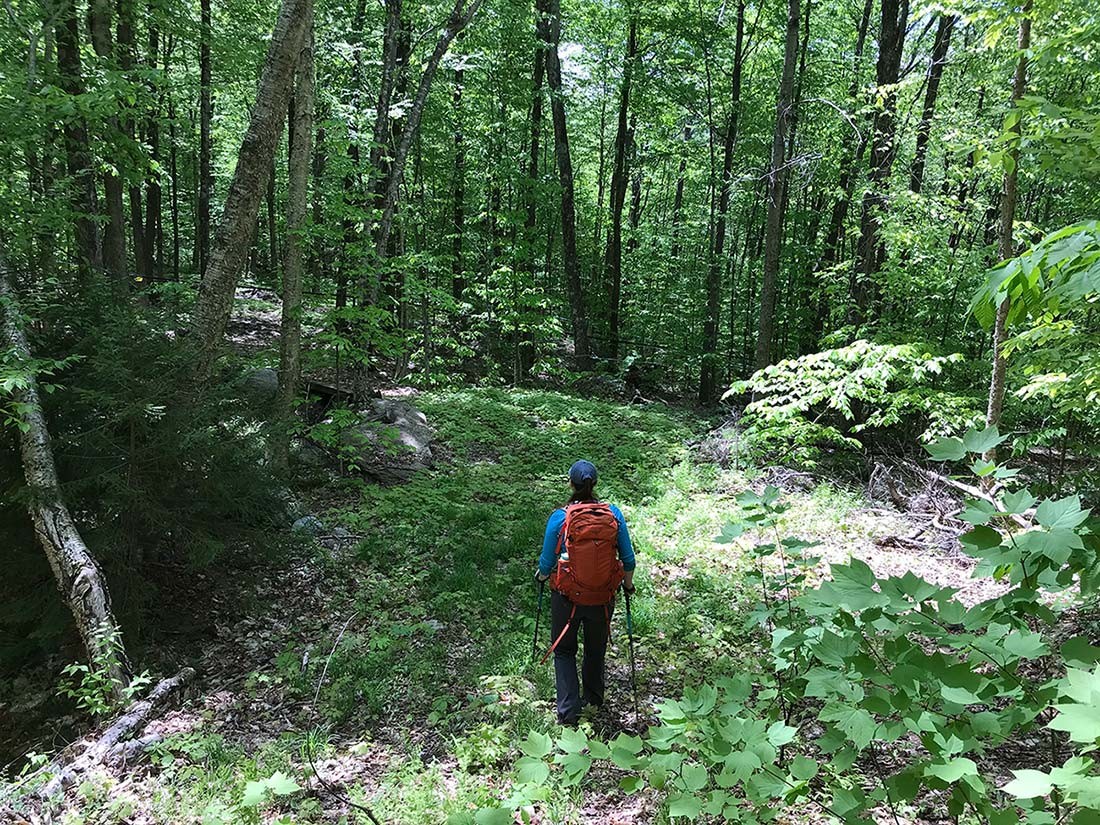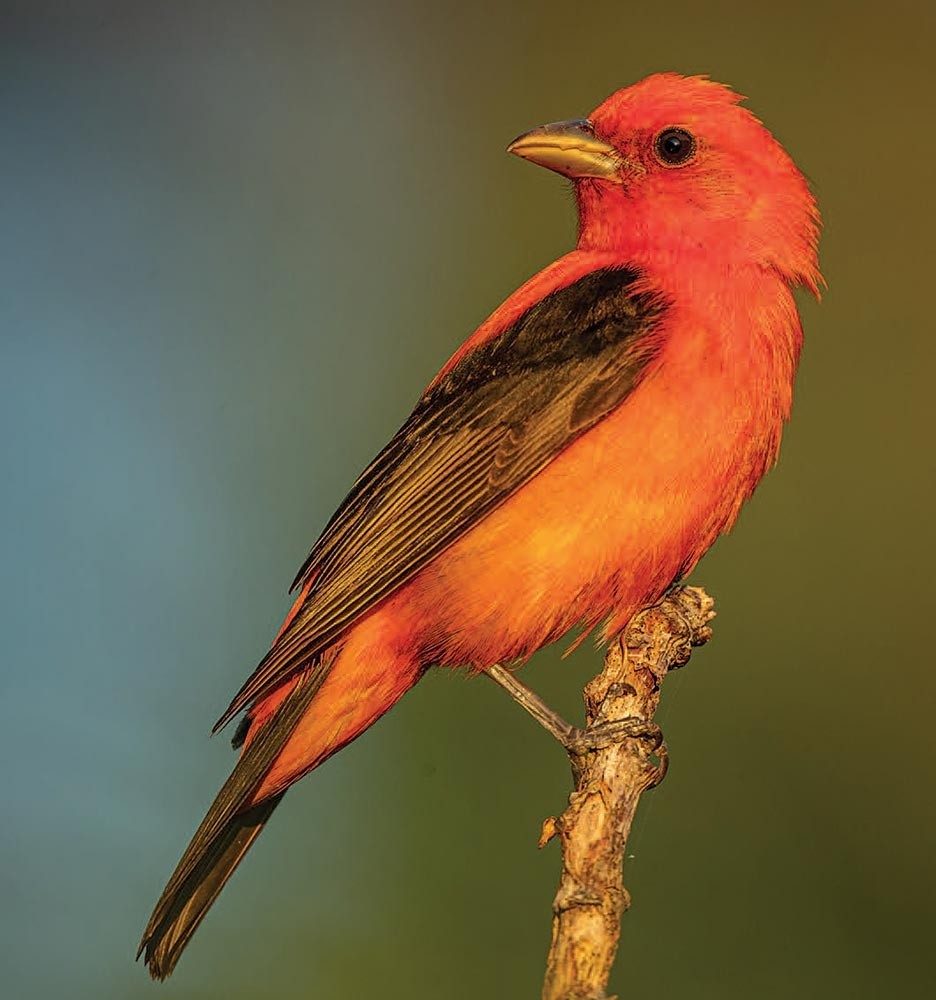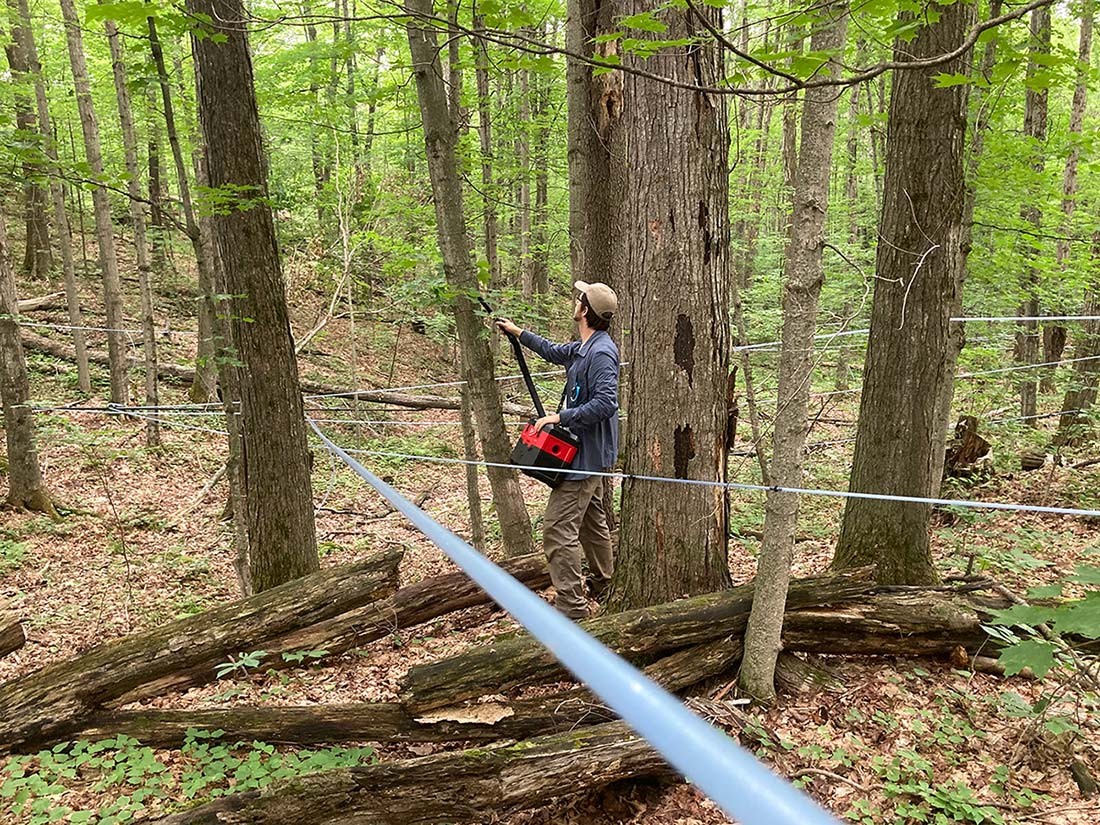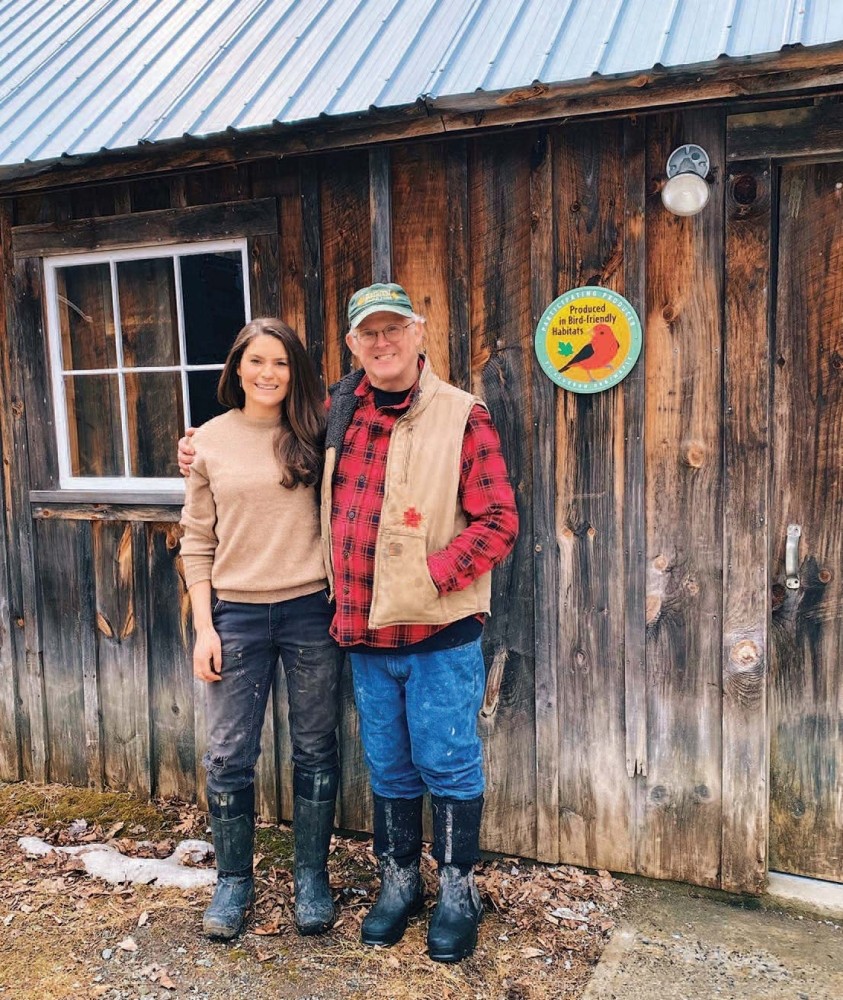Sugarbush Management with Birds in Mind
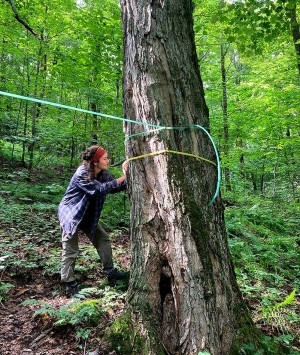
On the New England breakfast table, two things reign supreme: coffee and maple syrup. No stack of pancakes would be complete without a cascade of Grade A and a hot cup of joe – but the connection doesn’t end there. Many of the songbirds that winter in the coffee-growing regions of Central and South America spend their summers nesting in the northern forest, including sugarbushes. Where shade-grown coffee farms provide important habitat for songbirds in winter, sugarbushes serve as nurseries for those very same birds in summer.
North American bird populations have declined by nearly 30 percent during the last five decades, according to a landmark study published in 2019 by the Cornell Lab of Ornithology, the American Bird Conservancy, Canada’s National Wildlife Research Centre, and five other well-respected institutions. Migratory species have suffered particularly staggering losses, including forest birds, whose numbers are down by one billion – with a “b” – since 1970.
In Vermont and other northeastern states, a coalition of ecologists and sugarmakers hope to reverse this trend by improving songbird habitat on lands managed for maple production. “If we want to increase migratory bird populations, we need to start in the northern forest, because this is where they’re raising young,” says Steve Hagenbuch, a senior conservation biologist and forester with Audubon Vermont, who also manages his own small sugarbush. “This positions our maple industry at the global center of bird conservation for a number of species.”
Under Hagenbuch’s leadership, Audubon Vermont launched its Bird-Friendly Maple Project in 2014, in partnership with the Vermont Maple Sugar Makers’ Association and the Vermont Department of Forests, Parks and Recreation. The project has three primary goals: to increase public awareness of the essential role sugarbushes play as nesting habitat for migratory songbirds; to help sugarmakers manage their lands for bird habitat and forest health as well as sap production; and to provide a market incentive that rewards maple producers for managing with birds in mind.
At the same time, maple monocultures and the clearing of understory plants to more efficiently run and maintain sap lines present real potential for habitat degradation – especially with sugaring on the rise. Since 2012, maple syrup production in Vermont has increased by 49 percent; there are now 75 percent more taps deployed in the Green Mountain State than there were a decade ago.
In addition, unpublished research from the University of Vermont suggests that although pure stands of open-grown, large-crowned sugar maple have the capacity to produce more and sweeter sap per tree, they are also more vulnerable to insect and disease outbreaks.
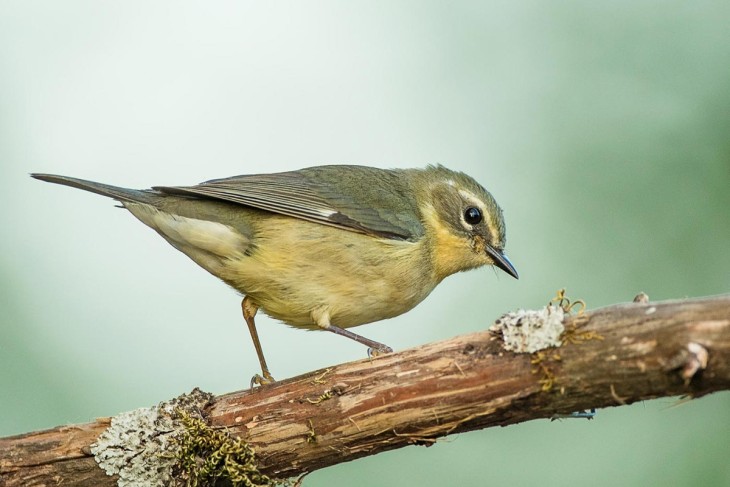
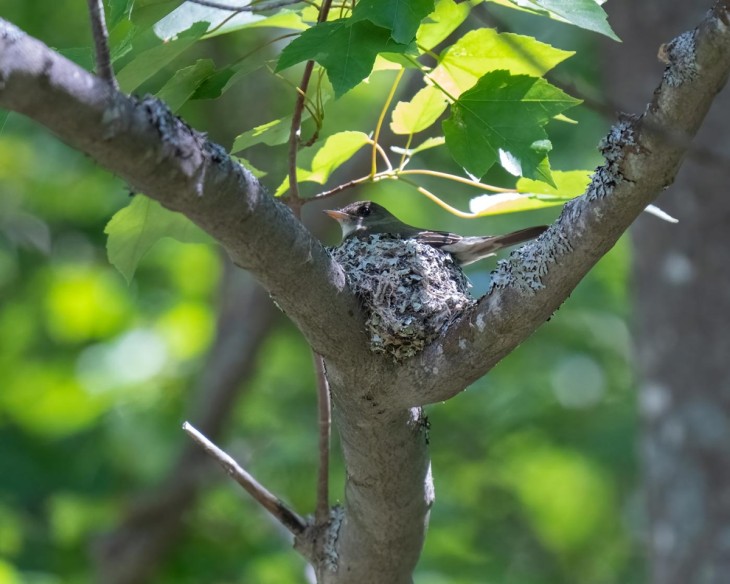
Managing for Habitat Complexity
Bird-friendly sugarbushes strive to achieve both structural and species diversity, encompassing a variety of tree species (not just maple) and vegetation types (from seedlings to shrubs to forest canopy). The ideal bird-friendly sugarbush will also contain some standing dead trees (to support cavity-nesting birds), as well as downed logs and branches (which provide cover for both ground-nesting and ground-foraging birds). Taken together, these enhancements create the habitat complexity that various bird species need to find food, evade predators, and raise their young. This kind of management also builds ecological resilience to forest pests and pathogens.
To enroll in Audubon Vermont’s Bird-Friendly Maple Project, sugarmakers must first have a forest management plan in place, and it must include enhancing or protecting songbird habitat as a management goal. Once the plan has been submitted and reviewed, an Audubon biologist visits the sugarbush to assess the site, creating a report with management recommendations for closing any gaps between current conditions and ideal bird-friendly sugarbush habitat. Enrolled sugarbushes are then provided with labeling, signage, and other materials for marketing their products as bird-friendly.
Priority birds for the project are the black-throated blue warbler, wood thrush, black throated green warbler, ovenbird, scarlet tanager, Eastern wood-pewee, yellow-bellied sapsucker, American redstart, and veery, which collectively require a variety of forest conditions. Wood thrushes, for instance, nest in the midstory, 6 to 30 feet above the ground, while black-throated blue warblers typically nest in dense understory shrubs. “Black-throated blues tell me regeneration is happening,” says Hagenbuch. Black-throated green warblers, on the other hand, prefer conifers. Yellow-bellied sapsuckers seek out trees with heart rot, especially aspen, in which to excavate their nest cavities, and ovenbirds need abundant leaf litter for nesting and foraging on the forest floor.
Some of the focal species are also among those experiencing serious declines, underscoring the importance of the conservation actions at the heart of the project. In Vermont, both wood thrushes and black-throated blue warblers are listed as Species of Greatest Conservation Need. The National Audubon Society also considers the wood thrush a high-priority species for conservation action globally, citing a 55 percent population decline since 1970.
The Vermont project has been so popular that it expanded into New York in 2019 and Maine this past summer – making 2022 the first year that all top three syrup-producing states in the nation (Vermont, New York, and Maine) have active bird-friendly maple projects. Pilot programs are also underway in Massachusetts and Connecticut, and organizations in West Virginia, Indiana, Ohio, and Wisconsin have expressed interest in launching similar efforts.
“Any sugarbush – regardless of their enrollment in a bird-friendly maple program – is inherently a good place for birds,” Hagenbuch emphasizes, “because the greatest threat of all is loss of forest habitat, and sugarbushes keep forest as forest.”
Hagenbuch and other project partners emphasize that the bird-friendly maple logo does not necessarily mean a given sugarbush is a great place for birds right now, but rather that those sugarmakers are taking action with birds in mind. As with any silvicultural practice, sugarbush management moves in what Hagenbuch calls “forest time.” If a sugarmaker has inherited a property that has been managed as a maple monoculture for more than a century, it could take decades for diversity to return. The focus is on management practices, not current forest condition, with an eye toward the future.
In addition, Hagenbuch is quick to point out that this is a “recognition” program, not a “certification” program. In other words, unlike the fair-trade or organic certifications for coffee, chocolate, and other agricultural products, bird-friendly maple programs do not yet have a process in place for third-party verification – although Hagenbuch eventually hopes to move in that direction.
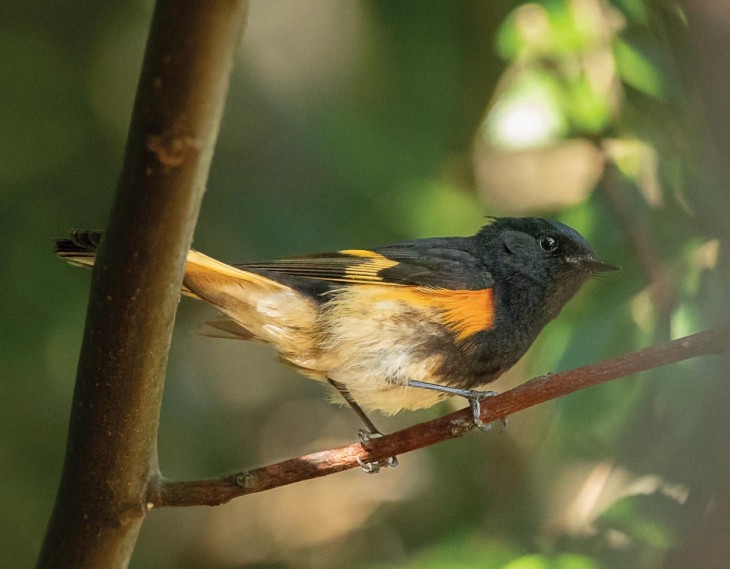
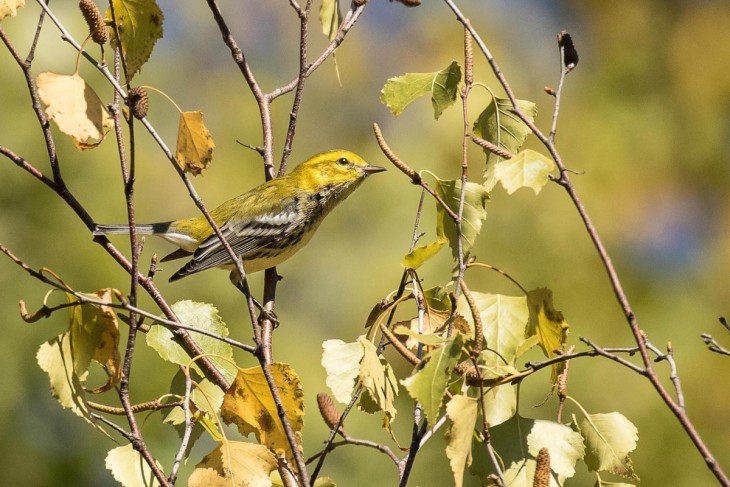
The Research Informing the Recommendations
The management recommendations outlined in Audubon Vermont’s Bird-Friendly Maple Project stem from Hagenbuch’s unpublished master’s thesis research on songbird abundance and diversity in 10 northern Vermont sugarbushes. Liza Morse, a Smithsonian Migratory Bird Center fellow and University of Vermont PhD student who is conducting her dissertation research on biodiversity in Vermont sugarbushes, calls that study “foundational.”
When Hagenbuch’s research was completed in 2009, it was the only work of its kind. To this day, there remain very few published studies on biodiversity in managed sugarbushes, and none centered on birds. In the scientific literature, most sugarbush research focuses on sap production or individual tree health. Other studies have looked at bird responses to silvicultural treatments used for timber management, but not to management activities related to syrup production. With Hagenbuch’s thesis more than a decade old and this sap-tank-size gap in the scientific literature, it was time to revisit the research underlying the bird-friendly maple guidelines.
In 2020, Audubon Vermont, the Vermont Center for Ecostudies, and the University of Vermont launched their bird-friendly maple efficacy study, a multi-year effort to gather empirical data for use in updating and refining the bird-friendly maple management recommendations. All three organizations collaborated on the first two years of the study, and Morse oversaw a third season of data collection through the University of Vermont in 2022.
Additional research undertaken by an interdisciplinary team at the University of Vermont will examine the carbon storage capacity and ecological resilience of bird-friendly sugarbushes, as well as cultural and economic aspects of sugaring: What motivates sugarmakers to participate in the bird-friendly maple program? Would consumers pay more for bird-friendly syrup?
Ecological fieldwork focused on documenting forest structure, the abundance and diversity of breeding birds, and the biomass of foliage- and leaf-litter-dwelling arthropods, which serve as essential food for forest songbirds during the breeding season. Morse also plans to collect data on tubing, taps, and other sugarbush management metrics in order to better understand the connection between sugarbush management and forest condition.
“There’s such a range in what a sugarbush can look like, from park-like maple monocultures to structurally complex, diverse forests,” says Steve Faccio, project co-leader and a senior conservation biologist with the Vermont Center for Ecostudies. “This can have a huge effect on the abundance of invertebrates, which for birds can mean the difference between a successful nest or failure.” By quantifying these differences, Faccio and his collaborators hope to shed light on which habitat characteristics are most important for birds and their invertebrate food.
In 2020 and 2021, 14 sugarbushes (7 per year) were surveyed in six northern Vermont counties. Study sites ranged in size from 37 to 1,400 acres, but all were actively tapped for maple syrup production. Within each sugarbush, multiple study plots were established, with birds, vegetation, and arthropods surveyed at a total of 354, 1,416, and 1,062 unique locations, respectively. (Morse surveyed two additional sugarbushes in the summer of 2022, but those numbers are still being tallied.)
Birds were identified by sight and sound during timed counts on June mornings. Over the course of the first two summers, a total of 10,332 individual birds of 80 different species were detected, with ovenbird, red-eyed vireo, black-throated blue warbler, and black-throated green warbler the most abundant.
Litter-dwelling insects were sampled by placing cardboard squares on the forest floor, then checking on and under each square two times between mid-June and mid-August. In 2020, 1,238 individual litter-dwelling arthropods were counted, measured, and identified to taxonomic order. (The 2021 and 2022 data are still being processed.)
In the time-honored tradition of biologists using everyday objects in ways the manufacturers never intended, foliage-dwelling arthropods were surveyed by vacuuming leaves with a cordless shop vac and freezing the samples in airtight bags for sorting, drying, and weighing in the lab. This painstaking work resulted in 6,870 specimens identified to 17 orders in 2020 and 2021. One notable find was an adult emerald ash borer, the first record of that species for Lamoille County.
The data are still being analyzed to determine which habitat factors best explain variation in forest bird diversity and abundance across a range of sugarbush production intensity, and to examine the effects of stand size, land use history, sugaring effort, and other variables on forest structure. When analysis is complete, Audubon will use this information to revise its silvicultural recommendations for sugarmakers.
“Most of our understanding of how forest structure affects birds is from research in unmanaged forests or forests managed for timber,” stresses Morse. “Regardless of what we find, this study will provide a broader view, so people can produce sap and also be responsible stewards.”
That’s good news, for songbirds and for syrup lovers alike.


